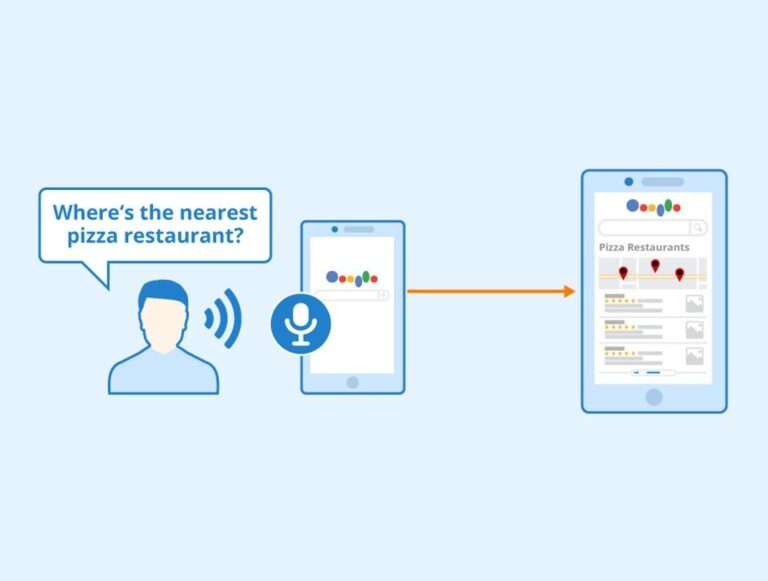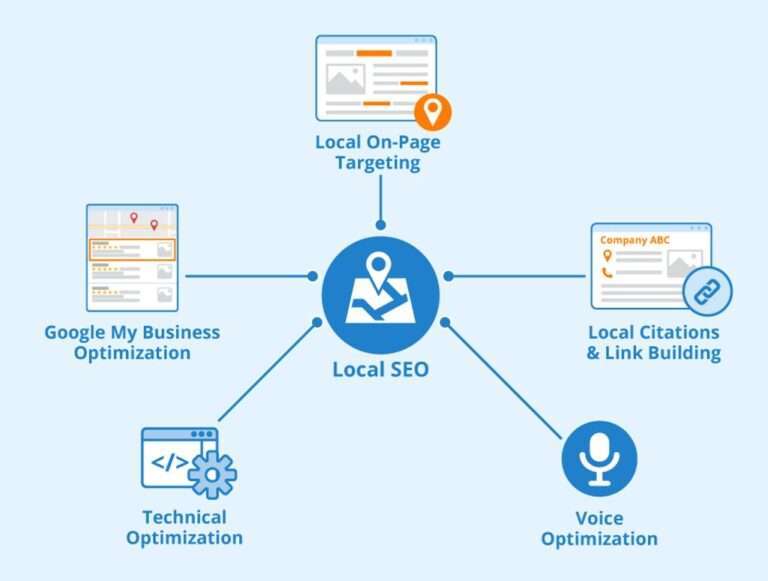What is Brand Storytelling?
Overview
What is brand storytelling?
Brand storytelling is the art of using narratives to communicate the essence of a brand and connect with its audience on a deeper level. It goes beyond simply promoting products or services and focuses on creating an emotional connection. Storytelling allows brands to engage with their customers by sharing their values, mission, and purpose in a compelling and relatable way. It helps to humanize the brand and differentiate it from competitors, making it more memorable and meaningful to consumers. Through stories, brands can establish a unique identity and build a loyal following.
Why is brand storytelling important?
Brand storytelling is crucial for businesses as it helps create an emotional connection with consumers. By sharing a compelling narrative, brands can engage and captivate their target audience, making them more likely to form a loyal and long-lasting relationship. Through storytelling, brands can also differentiate themselves from competitors and establish a unique identity in the market. Additionally, brand storytelling allows businesses to communicate their values and purpose effectively, attracting like-minded customers who share the same beliefs. Overall, brand storytelling is a powerful tool that can increase brand awareness, drive customer engagement, and ultimately boost business success.
Elements of a compelling brand story
A compelling brand story consists of several key elements that captivate audiences and differentiate a brand from its competitors. These elements include authenticity, emotion, relevance, and consistency. Authenticity is crucial as it allows customers to connect with a brand on a deeper level, while emotion evokes powerful responses and creates lasting impressions. Relevance ensures that the story aligns with the target audience’s interests and values, while consistency maintains a cohesive narrative across all brand touchpoints. By incorporating these elements, brands can create a compelling story that resonates with their audience and leaves a lasting impact.
Creating a Brand Story
Identifying your brand’s values and purpose
Once you have a clear understanding of your target audience, it’s important to identify your brand’s values and purpose. This involves determining what your brand stands for and what it wants to achieve. Values are the guiding principles that shape your brand’s behavior and decision-making, while purpose is the reason why your brand exists beyond making a profit. By defining your brand’s values and purpose, you can create a strong foundation for your brand story and ensure that it resonates with your target audience.
Crafting a narrative that resonates with your target audience
Crafting a compelling narrative that resonates with your target audience is crucial for effective brand storytelling. To create a narrative that captivates your audience, it is important to understand their needs, desires, and values. Conducting thorough research and audience analysis can help you identify the key elements that will resonate with your target audience. Once you have a clear understanding of your audience, you can tailor your brand story to address their pain points, aspirations, and emotions. Using storytelling techniques such as creating relatable characters and scenarios can further enhance the connection between your brand and your audience. By crafting a narrative that speaks directly to your target audience, you can create a powerful and memorable brand story.
Choosing the right storytelling mediums
When it comes to choosing the right storytelling mediums, it’s important to consider your target audience and the message you want to convey. Different mediums have different strengths and can evoke different emotions. For example, videos can bring your brand story to life with visuals and music, while blogs allow for more in-depth storytelling and audience engagement. Social media platforms like Instagram and Facebook are great for reaching a wider audience and creating interactive experiences. It’s essential to evaluate your brand’s resources and capabilities to determine which mediums align best with your goals and resonate with your audience.
Building Emotional Connections
Using storytelling to evoke emotions
Storytelling is a powerful tool for evoking emotions in your audience. By crafting narratives that resonate with their experiences and emotions, you can create a deep connection with them. One way to do this is by using vivid descriptions and sensory details to paint a picture in their minds. Another effective technique is to tap into universal emotions such as joy, sadness, fear, or love. By doing so, you can elicit strong emotional responses that make your brand story more memorable and impactful. Additionally, creating relatable characters and scenarios allows your audience to empathize with the story and feel a personal connection. Overall, using storytelling to evoke emotions is a key strategy in building a strong brand narrative.
Creating relatable characters and scenarios
In order to create a compelling brand story, it is essential to create relatable characters and scenarios that resonate with your target audience. By developing characters that your audience can identify with, you can establish an emotional connection and make your brand story more relatable. Additionally, crafting scenarios that reflect your audience’s experiences and challenges can further enhance the relatability of your brand story. This can be achieved through the use of real-life examples, case studies, or customer testimonials. By incorporating relatable characters and scenarios into your brand story, you can captivate your audience and leave a lasting impression.
Tapping into the power of nostalgia
Nostalgia is a powerful tool in brand storytelling. By invoking memories and emotions from the past, brands can create a sense of familiarity and connection with their audience. Nostalgic references to popular culture, iconic products, or memorable experiences can evoke positive emotions and build a strong bond between the brand and its customers. Brands can leverage nostalgia by incorporating retro design elements, using vintage-inspired advertisements, or even relaunching old products with a modern twist. The key is to strike a balance between the past and the present, creating a nostalgic experience that resonates with the target audience.
Measuring the Impact
Tracking brand awareness and recognition
Tracking brand awareness and recognition is crucial in evaluating the success of your brand storytelling efforts. Brand awareness refers to the extent to which your target audience is familiar with your brand and its offerings. Recognition, on the other hand, measures the ability of your audience to identify your brand from competitors. To track brand awareness, you can use metrics such as website traffic, social media mentions, and search engine rankings. To measure brand recognition, you can conduct surveys and analyze customer feedback. By regularly monitoring these metrics, you can assess the effectiveness of your brand storytelling and make necessary adjustments to enhance your brand’s impact.
Analyzing customer engagement and loyalty
Analyzing customer engagement and loyalty is crucial for measuring the success of brand storytelling. By tracking metrics such as customer satisfaction, repeat purchases, and referral rates, businesses can gain insights into the effectiveness of their storytelling efforts. Additionally, conducting surveys and gathering feedback from customers can provide valuable information about the emotional connection they have with the brand. Engaged and loyal customers are more likely to become brand advocates, spreading positive word-of-mouth and contributing to the growth of the business. It is important to regularly analyze these metrics to identify areas of improvement and ensure that the brand story continues to resonate with the target audience.
Measuring the ROI of brand storytelling
Measuring the return on investment (ROI) of brand storytelling is crucial for businesses to understand the effectiveness of their storytelling efforts. One way to track ROI is by monitoring brand awareness and recognition, which can be measured through surveys and market research. Additionally, analyzing customer engagement and loyalty metrics, such as website traffic, social media interactions, and repeat purchases, can provide insights into the impact of brand storytelling. Finally, businesses can calculate the financial impact of storytelling by comparing the cost of storytelling initiatives to the revenue generated as a result. By measuring the ROI of brand storytelling, businesses can make informed decisions about their storytelling strategies and optimize their efforts for maximum impact.








